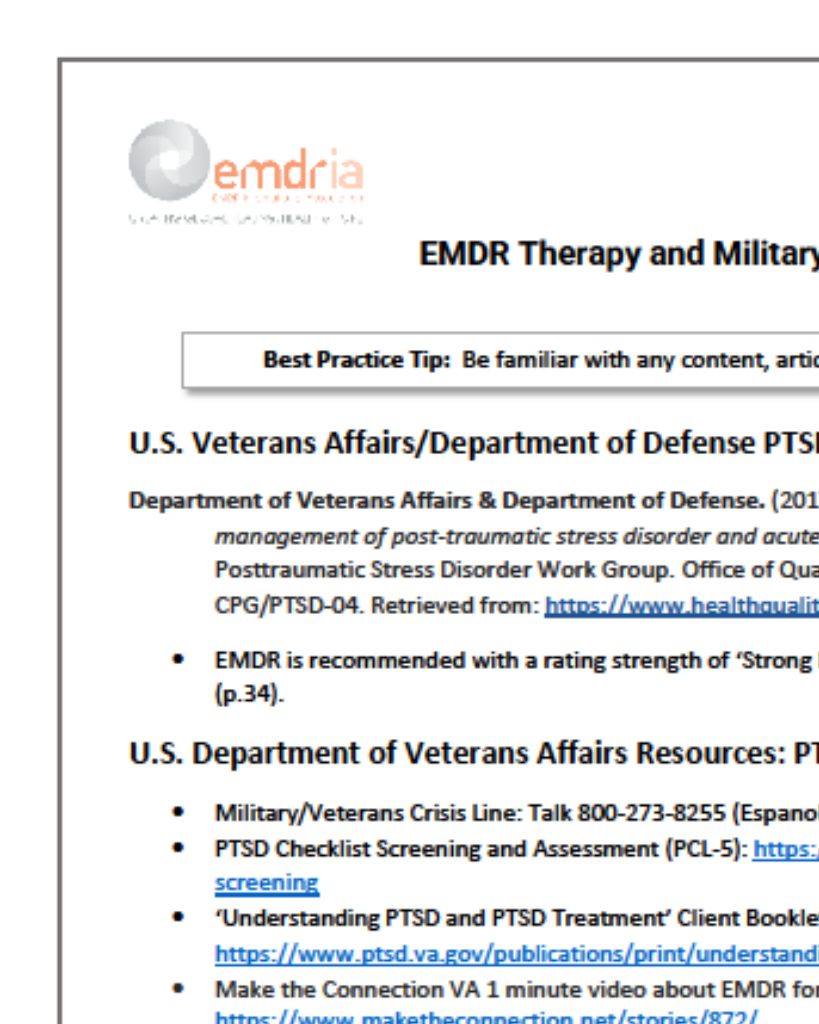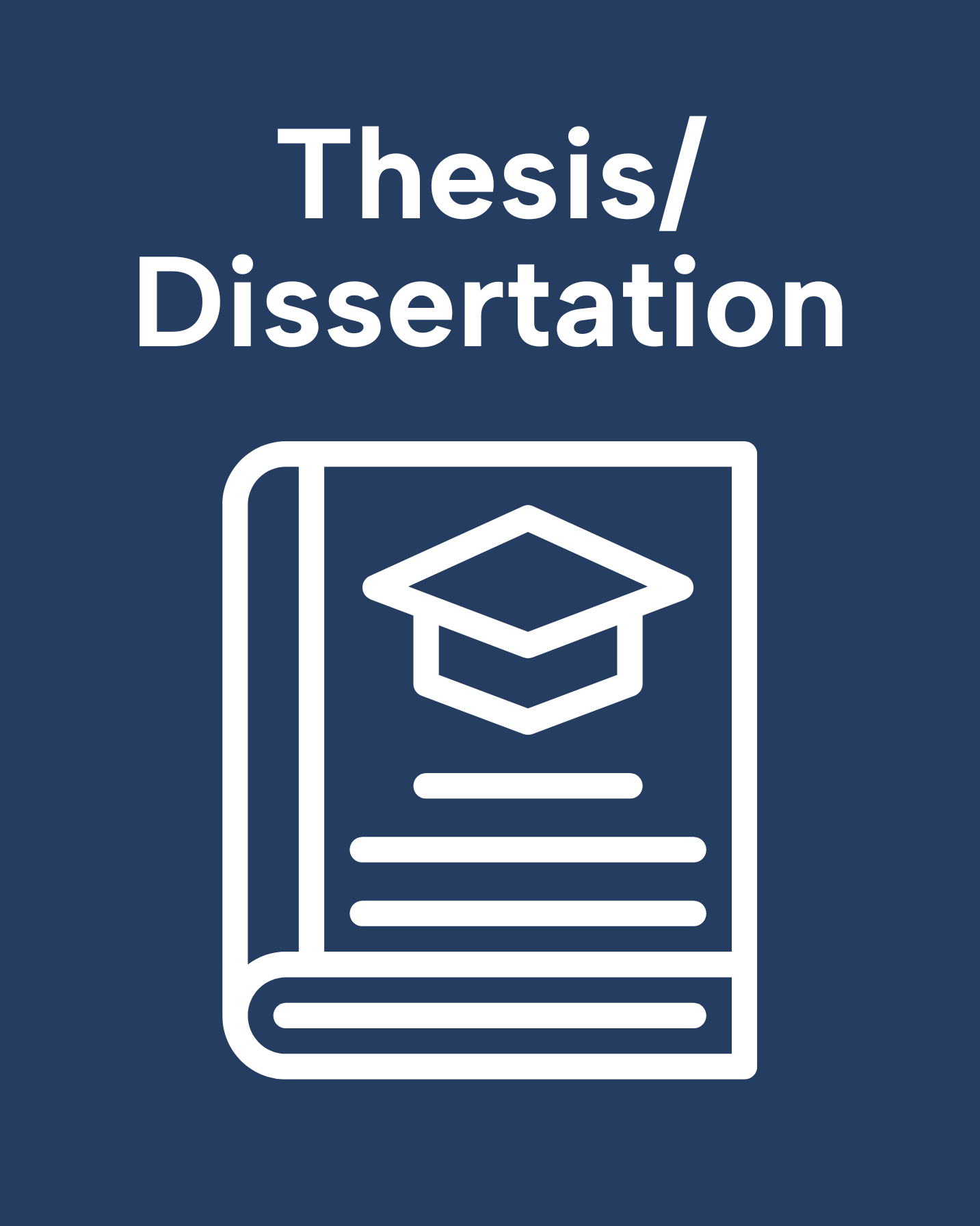Autism spectrum disorder and specific phobia. Treatment with eye movement desensitization and reprocessing: Report of two cases
EMDR may be appropriate for patients with autism spectrum disorder as it is largely non-verbal and can be adjusted for specific conditions.
Article Abstract
“Autism spectrum disorder (ASD) is characterized by deficits in social functioning and the presence of restricted interests and repetitive behaviors (American Psychiatric Association 2013). One of the most common psychiatric comorbidities of ASD is anxiety disorder; one study has found that 40% of children with ASD also present with specific phobias (SP) (Mayes et al. 2013).
Temporary fears of animals or of supernatural phenomena are normal in children of certain ages, but when these fears are extreme, last longer than six months, are accompanied by intense physiological symptoms, and cause avoidance of the source of distress, they can be defined as specific phobias. The DSM-5 includes five main types of specific phobias: animal, natural environment, blood injection injury, situational, and other (American Psychiatric Association 2013).
Various treatment strategies can be used to reduce phobic symptoms. Most case studies support the use of eye movement desensitization and reprocessing (EMDR) and/or behavior therapy. Exposure-based therapies and cognitive restructuring have also been used to effectively treat most specific phobias. However, in vivo exposure may be a difficult treatment for certain phobias, such as flight or wasp phobias. EMDR offers a more accessible short exposure route to therapy (Jongh & Broeke 2009).
In addition, people with ASD may demonstrate deficiencies in areas such as communication/language, ability to participate and stay on task, comprehension skills, and imitation skills; these abilities may be required for the most common phobia treatments (Ellis et al. 2006). Since many methods used to treat specific phobia may be challenging for individuals with ASD, EMDR may offer a viable alternative treatment.
The purpose of the present case report is to explore the viability and effectiveness of EMDR as a treatment for two cases of patients with ASD and specific phobias. EMDR may be an appropriate therapy for patients with ASD as this treatment is largely non-verbal and can be adjusted for specific conditions, such as age and autism.”
—Description from publisher
Article Access
Open Access
Firat, S., Atik, S., & Herguner, S. (2023). Autism spectrum disorder and specific phobia. Treatment with eye movement desensitization and reprocessing: Report of two cases. Psychitria Danubina, 35(3), 440-444. Open access: https://doi.org/10.24869/psyd.2023.440
Date
May 8, 2022
Creator(s)
Sumeyra Firat, Serdar Atik, Sabri Herguner
Topics
ADHD/Autism/Neurodiversity, Anxiety/Panic/Phobias
Client Population
Children
Extent
5 pages
Publisher
Psychiatria Danubina
Rights
© Medicinska naklada & Pro mente, Zagreb, Croatia
APA Citation
Firat, S., Atik, S., & Herguner, S. (2023). Autism spectrum disorder and specific phobia. Treatment with eye movement desensitization and reprocessing: Report of two cases. Psychitria Danubina, 35(3), 440-444. Open access: https://doi.org/10.24869/psyd.2023.440
Audience
EMDR Therapists, Other Mental Health Professionals
Language
English
Content Type
Article, Peer-Reviewed
Access Type
External Resource, Open Access





